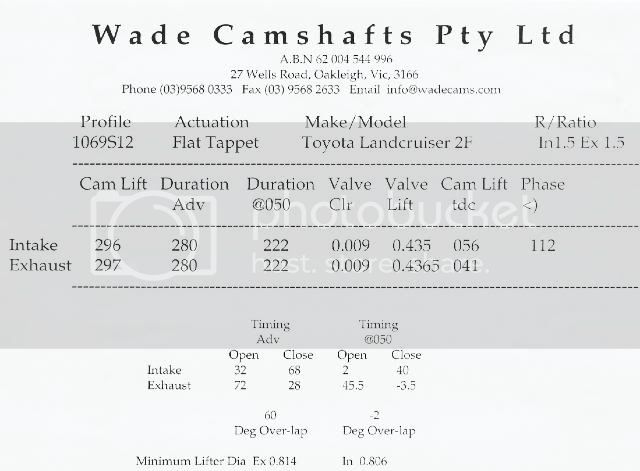- Joined
- Sep 26, 2003
- Threads
- 117
- Messages
- 11,199
- Location
- Lancaster, Ohio, USA
- Website
- www.tlcperformance.com
Why select black for exh and intake manifold? (slaps forehead)
Silver or white would reduce radiation from the exhaust (reduce underhood heat) and silver would reduce absorption into the intake manifold of radiated heat.
Our goal is maximum delta T in the chamber, i.e. reduce IAT and maximize peak cylinder temp.
Silver or white would reduce radiation from the exhaust (reduce underhood heat) and silver would reduce absorption into the intake manifold of radiated heat.
Our goal is maximum delta T in the chamber, i.e. reduce IAT and maximize peak cylinder temp.

 Let's see what they have to say:
Let's see what they have to say: 












